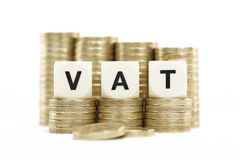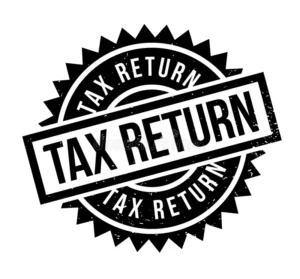Introduction:
When it comes to financial matters, some concepts can seem intimidating and complex. One such concept is Value Added Tax (VAT). However, fear not! This article, “VAT Explained for Dummies,” aims to demystify VAT and provide you with a beginner-friendly understanding of this crucial aspect of taxation. Whether you’re a business owner, a consumer, or simply curious about how VAT works, this guide will equip you with the knowledge to navigate the world of VAT with confidence.
What is VAT?
Value Added Tax (VAT) is a consumption tax imposed on goods and services at each stage of the supply chain. It is designed to be borne by the end consumer and is commonly used by governments worldwide to generate revenue. VAT is an indirect tax, meaning it is collected by businesses on behalf of the government.
How Does VAT Work?
Understanding how VAT works involves grasping a few key concepts:
- VAT Rates: VAT is usually levied at different rates depending on the type of goods or services. Common rates include a standard rate, reduced rate, and zero rate. Each country has its own VAT rates and categories.
- Input VAT: Businesses are allowed to claim back the VAT they pay on their purchases, known as input VAT. This reduces the overall VAT liability.
- Output VAT: When businesses sell goods or services, they charge VAT to their customers, known as output VAT. The difference between input VAT and output VAT is the amount that needs to be paid to the government.
- VAT Threshold: Most countries have a VAT threshold, which determines whether a business needs to register for VAT. Businesses exceeding this threshold are required to charge and remit VAT to the government.
Who is Affected by VAT?
VAT affects various parties in the supply chain, including:
Businesses
- Businesses are responsible for collecting and remitting VAT to the government.
- VAT obligations can vary depending on the size and nature of the business.
- VAT can impact pricing strategies and profit margins.
Consumers
- Consumers bear the ultimate burden of VAT as it is embedded in the final price of goods and services.
- VAT may affect purchasing decisions due to variations in prices caused by different VAT rates.
VAT Pros and Cons
Like any taxation system, VAT has its advantages and disadvantages:
Pros
- Generates significant revenue for governments, contributing to public services and infrastructure development.
- Encourages compliance as businesses have a financial incentive to register for VAT to claim input tax credit.
- Provides a stable and predictable source of income for governments.
Cons
- Can be regressive, as it affects lower-income individuals more significantly.
- Adds complexity and administrative burden for businesses, especially smaller ones.
- Possibility of tax evasion and fraud, leading to revenue loss for governments.
FAQs about VAT Explained for Dummies
Q1: How is VAT different from sales tax?
VAT is charged at every stage of the supply chain, whereas sales tax is typically charged only at the final point of sale.
Q2: Is VAT the same in all countries?
No, each country has its own VAT laws, rates, and thresholds. They may also have different categories of goods and services subject to VAT.
Q3: Do all businesses need to register for VAT?
The VAT threshold determines whether a business needs to register for VAT. Below the threshold, registration is usually optional, while exceeding it requires mandatory registration
Q4: How can I reclaim VAT as a business?
Businesses can reclaim input VAT by offsetting it against their output VAT liability. The process involves maintaining proper records and submitting periodic VAT returns.
Conclusion:
Congratulations! You have successfully completed your crash course on VAT through “VAT Explained for Dummies.” You should now have a solid foundation in understanding VAT’s purpose, how it functions, and its impact on businesses and consumers. Remember, VAT is an essential part of the economy, and having a grasp of its fundamentals will empower you to make informed decisions as a business owner or an informed consumer.







